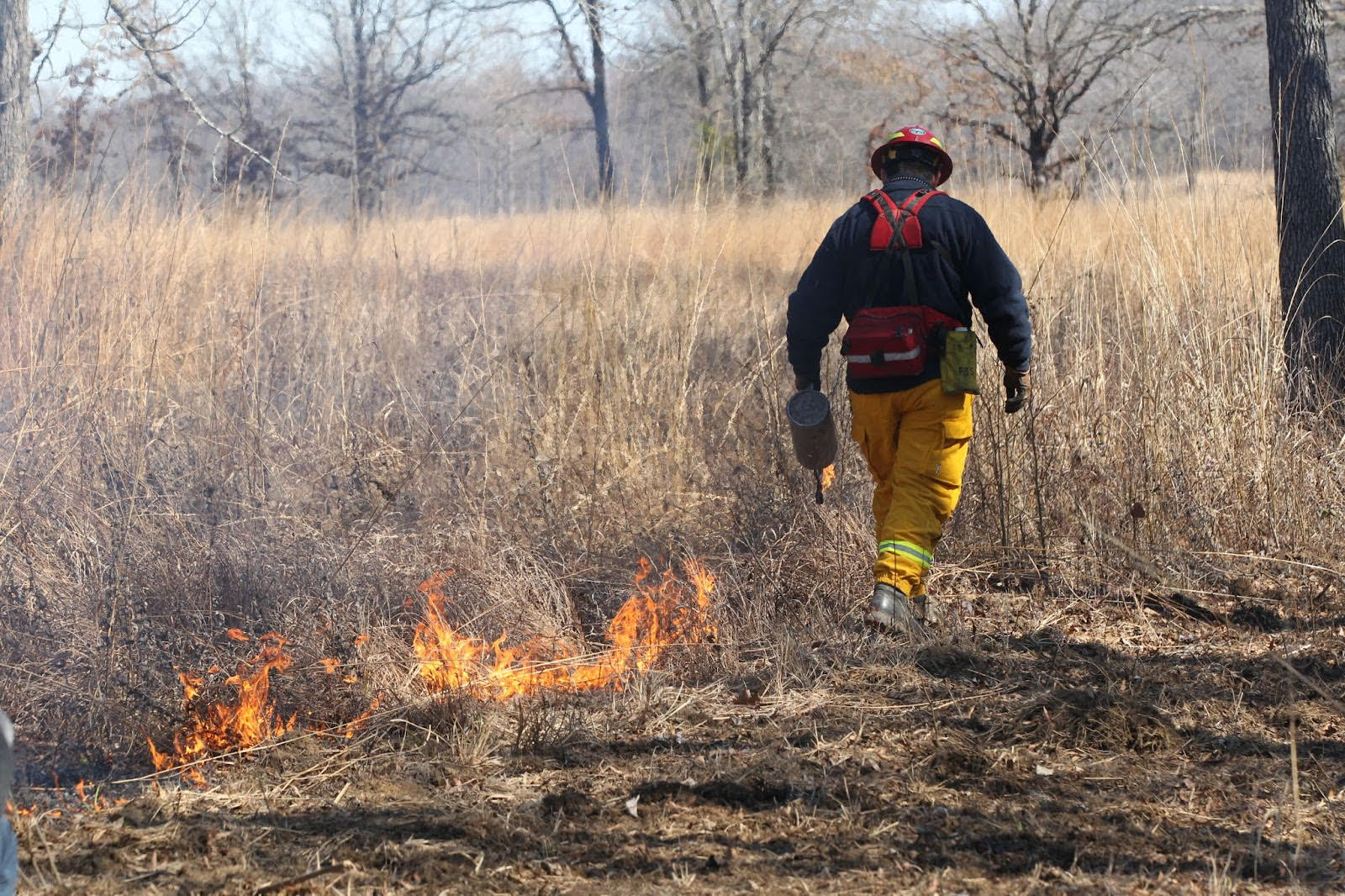Ed Gordon waterfowlers benefit from longtime efforts by AGFC
BY Jim Harris
ON 12-13-2023
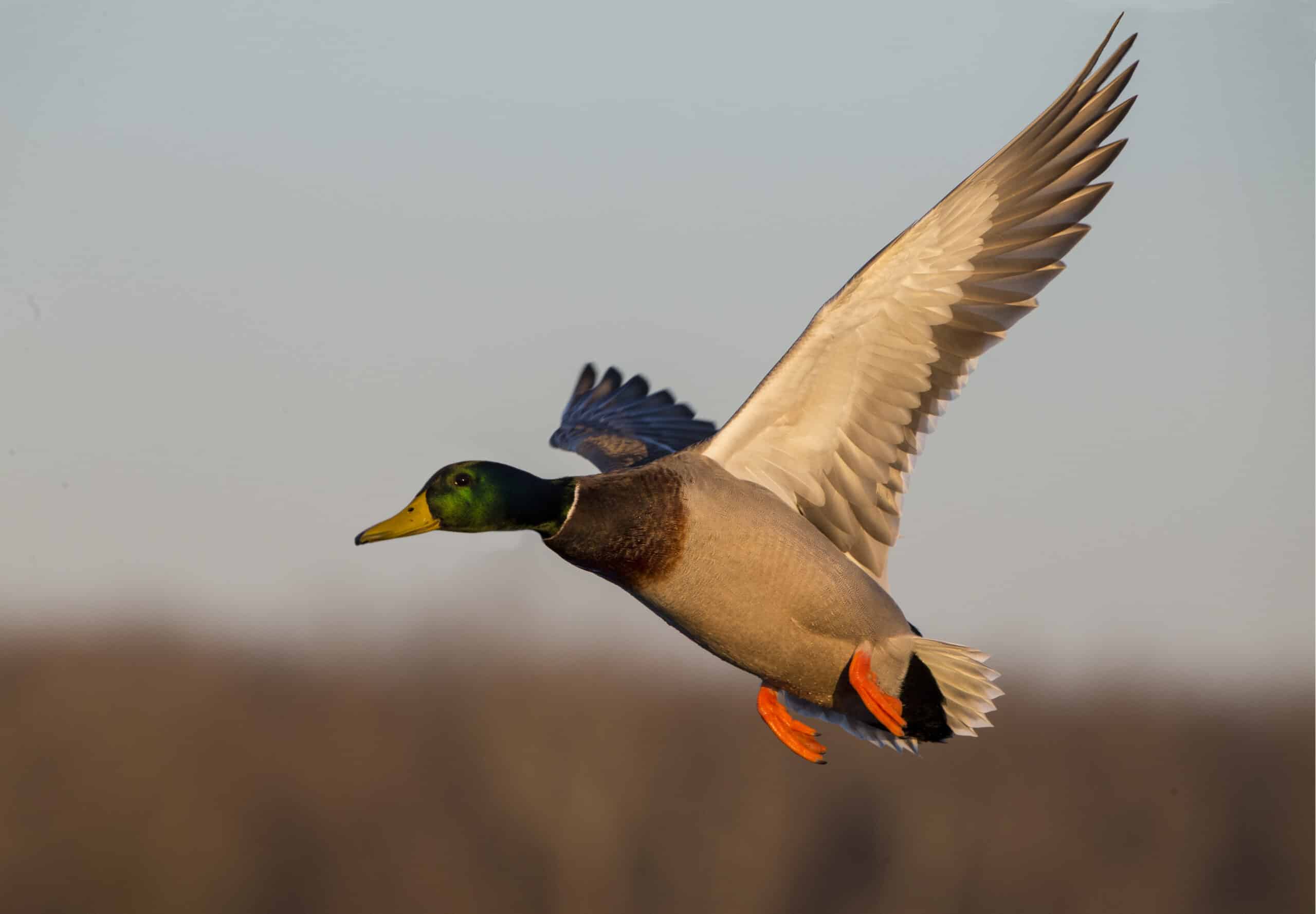
BLACKWELL — What had to have stood out to anyone taking note of the habitat conditions and water levels in public hunting areas of Arkansas the first two weekends of the waterfowl season was the water coverage in most of the units of Ed Gordon Point Remove WMA. Having ample hunting water and enough for waterfowl usage can be traced to the infrastructure work that’s been done on Ed Gordon dating to 2014 and a huge project that involved Southwestern Energy and Ducks Unlimited with the AGFC.
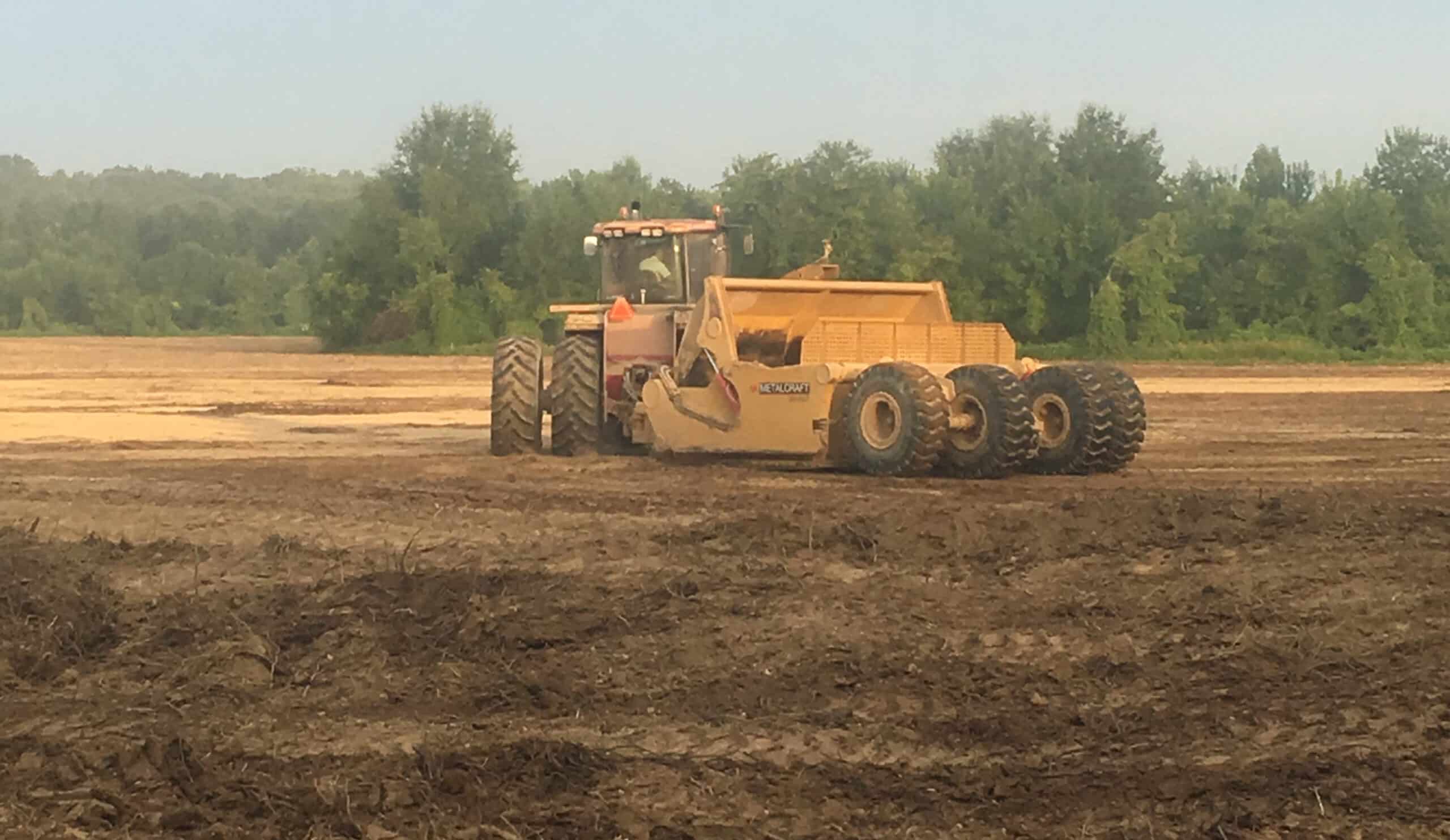
“That was a multifaceted project,” Alex Zachary, biologist at Ed Gordon Point Remove WMA, said. “But really the big thing that allowed us to be able to have some water, particularly early this season, was the installation of the new pump station.”
Before the 200-horsepower pump station was built and seven miles of irrigation pipe laid, plus some grading and reshaping of the WMA’s moist-soil units, Ed Gordon Point Remove had five electric relift pumps to put water on the area.
“But how they were designed and where they were set, how they were set, (Point Remove Creek) had to be up and you had to have a good amount of rainfall before they were operational.”
Also, Zachary noted, the pumps were set up to discharge in only one or two locations, “whereas this new pump goes to pretty much every moist-soil impoundment we have, except for two and the waterfowl rest area. But it goes to probably 20 impoundments or close to it.”
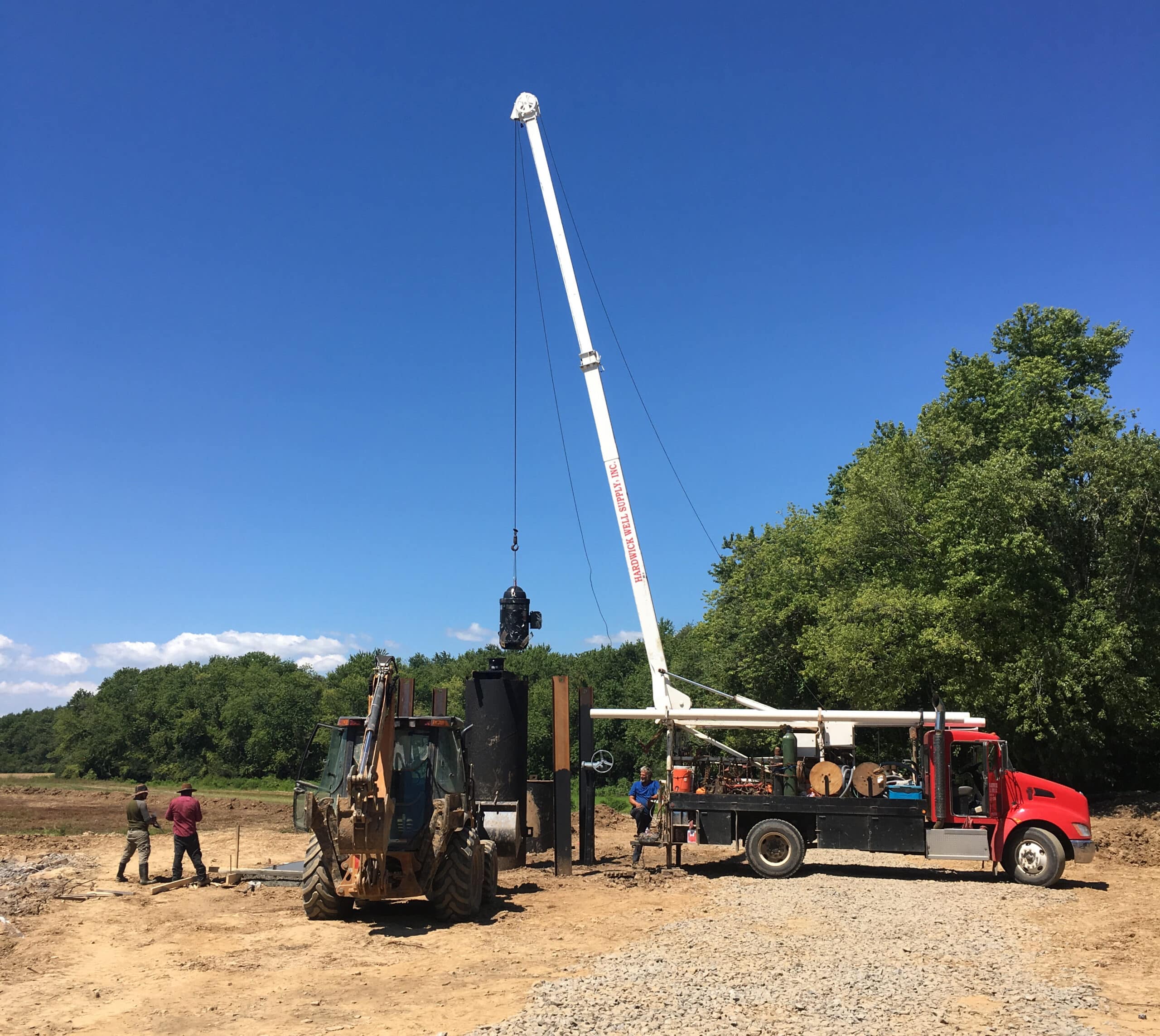
The new pump and pipe installation, the brainchild of Buck Jackson, the AGFC’s state wetlands coordinator, was designed to either draw water from Point Remove Creek, or to pull water (that the AGFC would purchase) from the Point Remove Wetlands Reclamation and Irrigation District, which delivers its water through a series of flume ditches from the Arkansas River. The WMA sits mostly within that water district.
But, Zachary said, the AGFC did not have to purchase water for fall flooding this season. Besides being able to draw water out of the creek and spread it among the units, the WMA benefited from the new pump in irrigating the moist-soil units throughout the summer. That meant more productive moist-soil for the migrating waterfowl (including blue-wing teal in September), helping the moist-soil community’s vegetation and the invertebrates on which waterfowl feed, and wetter soil during the hot and dry summer.
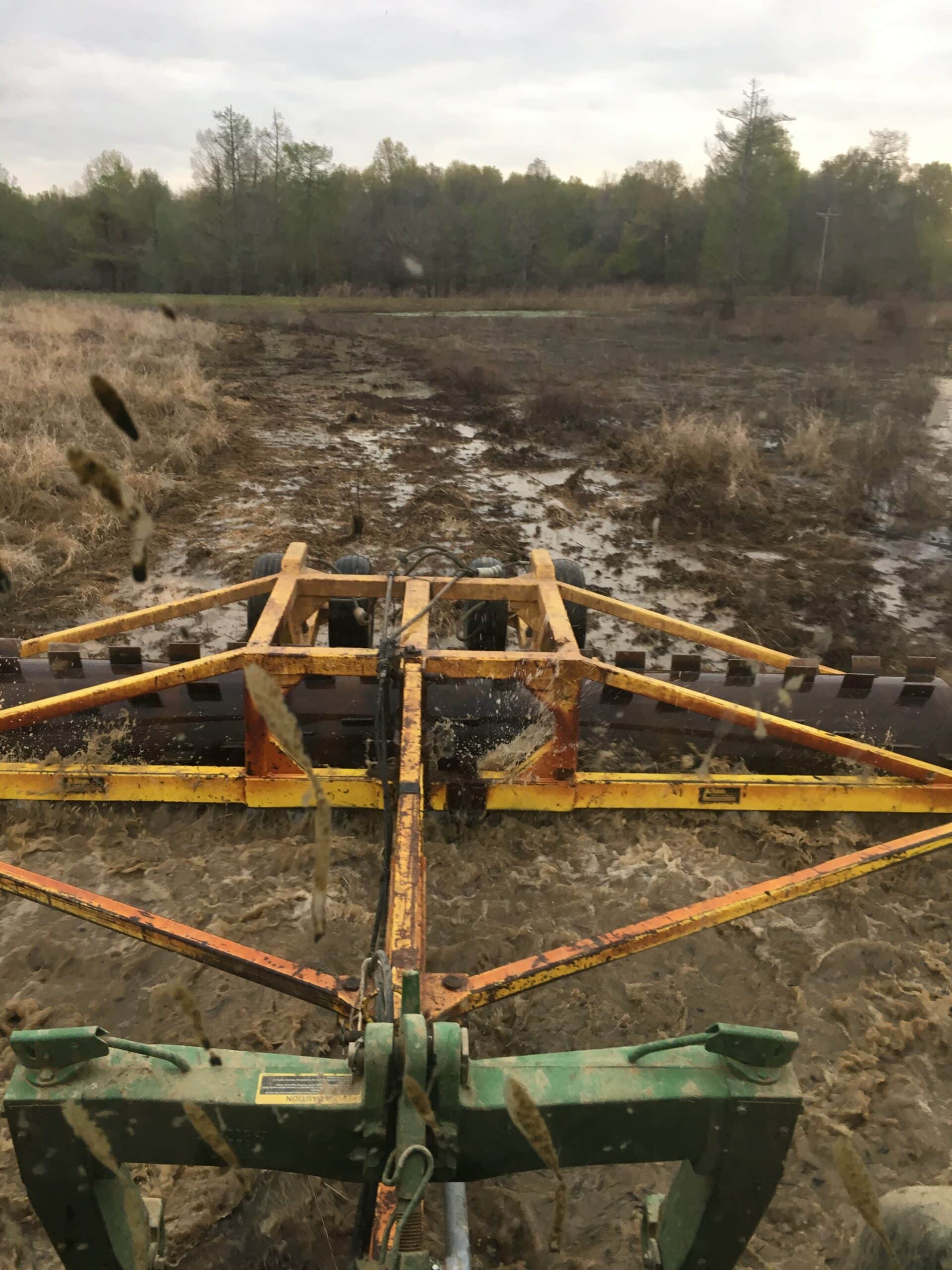
“Beginning with fall flooding, it allowed us to be more efficient with our water usage and allowed us to flood up more quickly because of the soil moisture that was there from irrigation that otherwise wouldn’t have been there at all,” Zachary said.
It’s not a race to flood the units to capacity, Zachary adds. Instead, it’s fine-tuned in a way to stagger flooding through the WMA. Some units will be taken to 30-60 percent of full pool at the beginning of the season, and then that water is moved to another unit. The biologists will come back with more water on each unit as they gradually bring the impoundments to full pool later in the season.
“The goal is twofold in that it spreads more water out over the landscape,” Zachary said. “That allows waterfowl and hunters to spread out and provide more opportunity and … as you stagger the flooding, it’s ensuring that you have new food and resources available for waterfowl going on throughout the wintering period, not just at the beginning.”
Because Ed Gordon had more water than other Arkansas public hunting areas, it had “quite a few folks” for opening weekend, Zachary said. But thanks to a new regulation this year, the WMA will have rest periods during the week: no hunting is allowed Monday, Wednesday and Friday.
Zachary said he noticed one difference at the WMA with the regulation change during the first nine days of the season. “Anecdotally, when we were checking water and pumps during an off day in the first part of the season, we were seeing ducks milling around the area at midmorning, which is not typically what you would have seen in previous years if folks were out hunting,” he said. “This change appears to be reducing disturbance and increasing waterfowl use of the area. We’ll see as the rest of the season continues.”
###
CUTLINES:
MALLARD
Duck hunters in Central Arkansas saw improved water to chase mallards thanks to infrastructure improvements carried out in the last nine years.
DIRTPAN WORK
Restructuring some of the moist-soil habitat units has led to increased forage for waterfowl.
PUMP INSTALLATION
A new 200-horsepower pump and pipe delivery system has increased efficiency of flooding Ed Gordon Point Remove WMA for waterfowl season.
TRACTOR ROLLING VEGETATION
With the improved infrastructure, biologists were able to manipulate natural vegetation to increase food for ducks.
Recent News
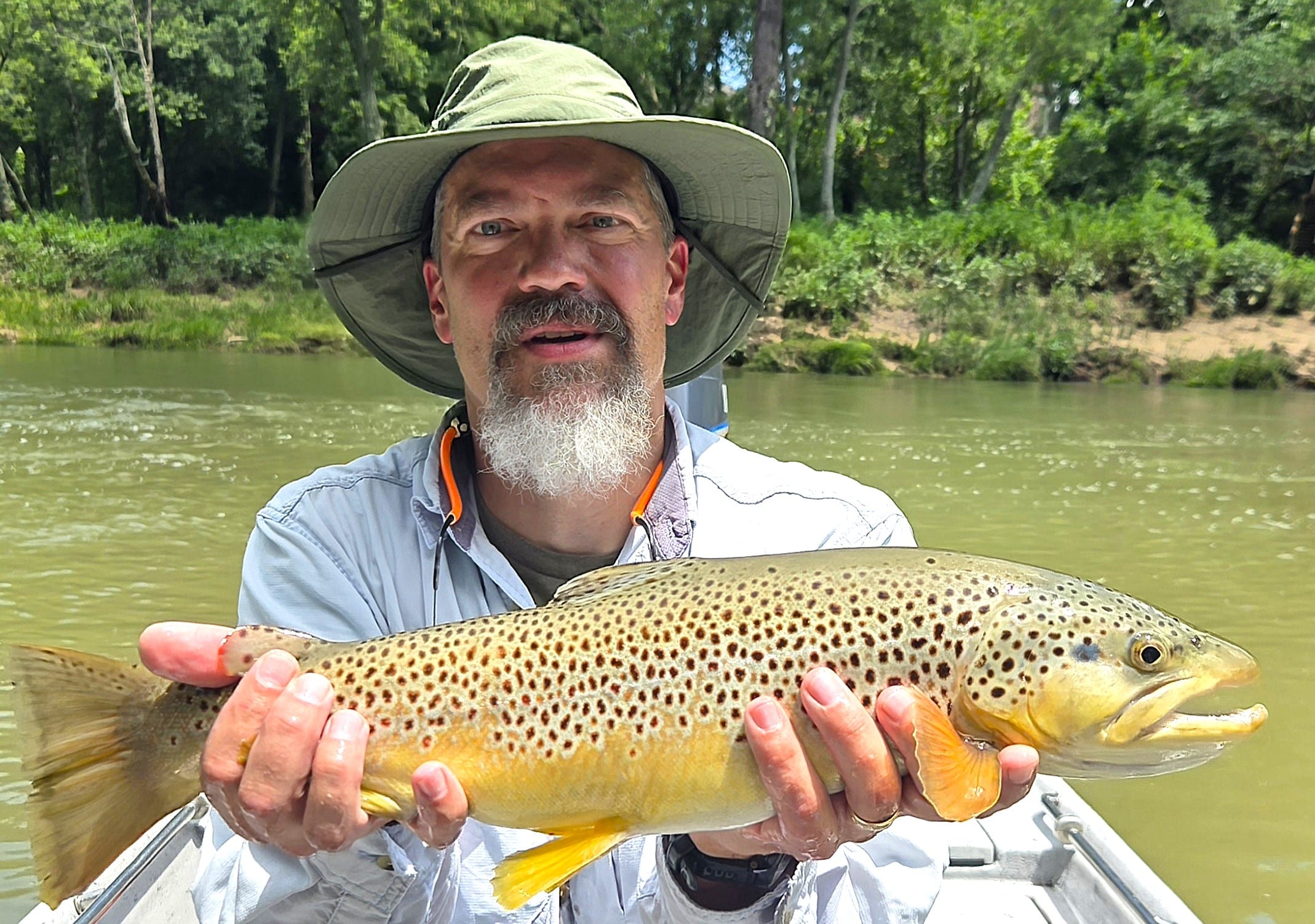
Arkansas Wildlife Weekly Fishing Report
Jul. 3, 2025
Subscribe to Our Weekly Newsletter E-mails
Don’t miss another issue. Sign up now to receive the AGFC Wildlife Weekly Newsletter in your mailbox every Wednesday afternoon (Waterfowl Reports are published weekly during waterfowl season and periodically outside the season). Fishing Reports arrive on Thursdays. Fill in the following fields and hit submit. Thanks, and welcome!

